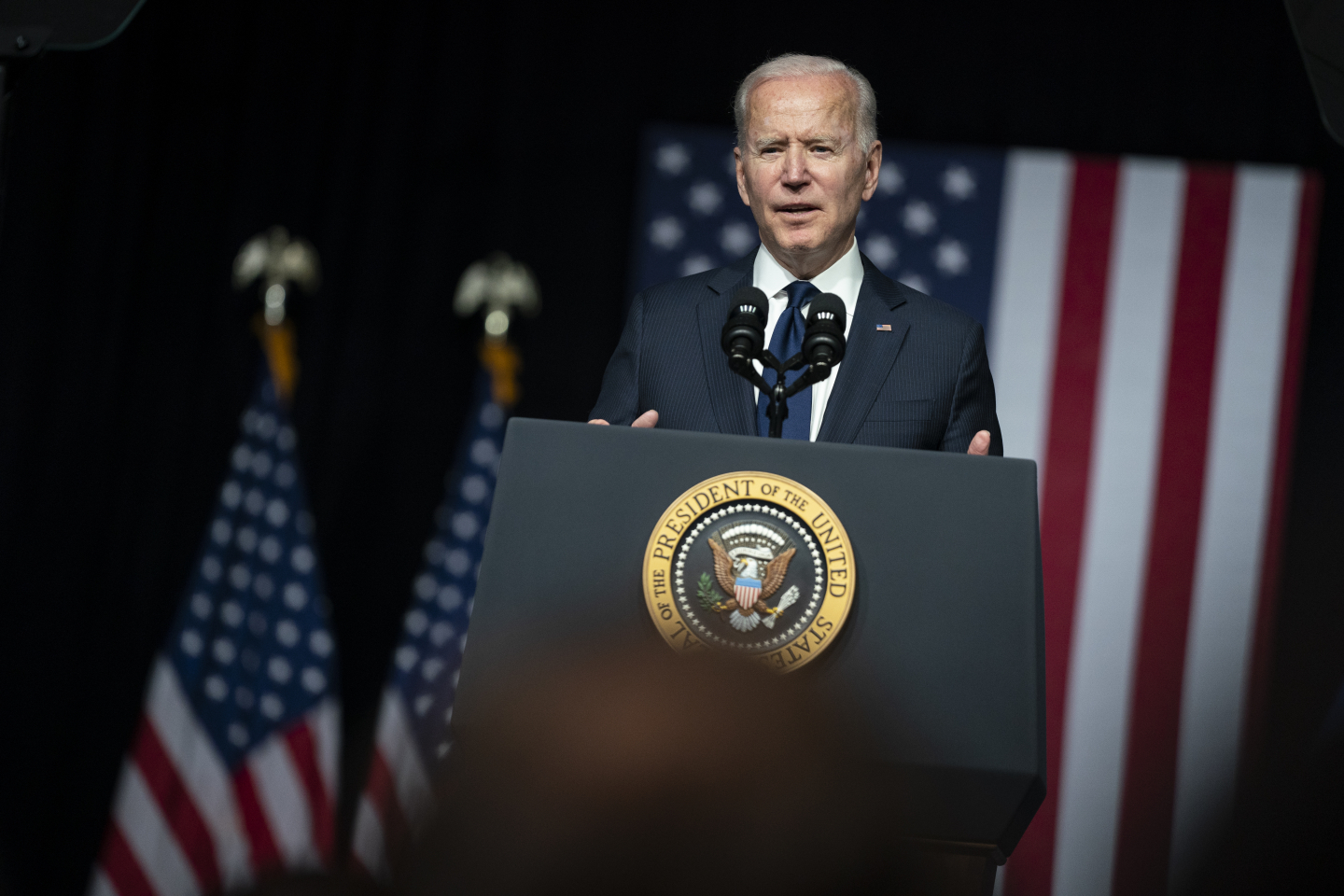
Revisiting the Keystone XL Pipeline and Joe Biden’s False Promise of ‘Green Jobs’
By Kevin Mooney
Joe Biden began his train wreck of a presidency a year ago by putting America last and never looked back.
On his first day in office, he canceled the Keystone XL pipeline, which would have supported thousands of well-paying jobs while lowering energy prices. If constructed, the 1,200 mile pipeline would have carried 830,000 barrels per day of oil from Alberta, Canada and North Dakota to Nebraska and from there converge with a completed portion of the pipeline that carries oil to the Gulf of Mexico.
Biden incessantly points to climate change as a rationale for canceling domestic energy initiatives that benefit average Americans. But his arguments don’t hold up under scrutiny. The Institute for Energy Research, a nonprofit group that supports free market polices, cites figures that show the greenhouse gas emissions that would have resulted from transporting 830,000 barrels per day of Canadian oil would amount to 150 million metric tons per year, which is the equivalent of about 0.3% of the world total. That’s what you call tiny.
Canadian oil is still being produced in the absence of the Keystone Pipeline, but with a heavier environmental footprint that Team Biden leaves out of its equation.
“Without the pipeline, railroad capacity will grow, overall safety will decline, emissions will be higher and economic costs will be higher since rail and truck shipments are more expensive than pipeline shipments,” IER warned at the time Biden canceled the project. “Pipelines are simply safer for humans and the environment than alternative forms of transport.”
The statistics bear this out.
Pipelines carry roughly 70% of the ton-miles of crude oil and petroleum products in the U.S. while water transport accounts for about 23%, trucking 4%, and railroads 3%. Yet accident data shows that “pipeline incidents per ton-mile” are only about a quarter of those for rail transport and about 3% of those for truck transport.
So far, Biden’s decision to cancel Keystone made just one year ago has been a loser for the American people both economically and environmentally.
But what about those green jobs that were supposed to replace the jobs lost when Keystone was canceled? Now would be a good time to revisit some of the forecasts made by political figures and environmental activists who support wind, solar and other forms of green energy. The U.S. Senate Committee on Banking, Housing and Urban Affairs held a hearing on “Opportunities in the Clean Energy Economy in April 2021 that is worth reviewing now that Keystone workers have lost their jobs.
David Kreutzer, a senior economist with IER, offered testimony during the hearing where he highlighted government reports that described how green job creation fell “pathetically short of its goal” during the Obama years. A Department of Labor inspector general’s report found that job placement was only 10% of the target level while a subsequent report from the department’s Bureau of Labor Statistics found more than 20% of the certificates and degrees went to recipients who had only one day of training.
Keep in mind that Biden has pledged to create 10 million “well-paying jobs” in the green energy sector. In his testimony, Kreutzer explained why there is good reason to be skeptical about the potential for the green jobs to boost the most economically disadvantaged members of society. He points out that the green expenditures that were part of the 2009 Stimulus Package failed to deliver any meaningful relief to unemployed workers.
“With history as a guide, there is reason to think that these programs will be encouraged and then usurped by the politically well-connected and the economically powerful,” Kreutzer observed in his testimony. “We saw this in 2009 and we have seen it more generally for decades. Big government expenditure too often helps the well-connected and powerful instead of the supposed beneficiaries.”
But there’s more at stake than just raw questions of economics and the feasibility of green jobs. Biden’s antipathy toward the oil and gas industry has real world consequences that were on display when a severe snowstorm hit the Washington D.C. area in early January. Recall that more than 50 miles of Interstate 95 was closed to traffic leaving thousands of people stranded for hours while households and businesses lost electricity. Severe weather speaks to need for diverse, reliable, affordable supplies of energy. But with Biden and blue state governors attempting to coerce the public into accepting intermittent forms of energy to power their homes and cars, blackouts could become the norm in emergency situations.
Biden’s repeated missteps on energy policy are not just a problem domestically as they also have geopolitical ramifications
The Keystone XL pipeline would have enabled the American consumers to draw oil and gas supplies from a stable, friendly neighbor to the north. By restricting domestic energy production, Biden is putting the U.S. in a position where it must rely more on imports at the expense of American consumers. That’s tragic since the U.S. became energy independent in 2019 for the first time in 50 years – meaning U.S. energy exports exceeded U.S. energy imports.
That hard earned independence is now in jeopardy as a result of deliberate public policy decisions flowing from the Biden White House that disadvantage American workers and consumers while strengthening America’s strategic adversaries.
Kevin Mooney is an investigative reporter with both the Commonwealth Foundation and the Heritage Foundation.
From realclearenergy.org